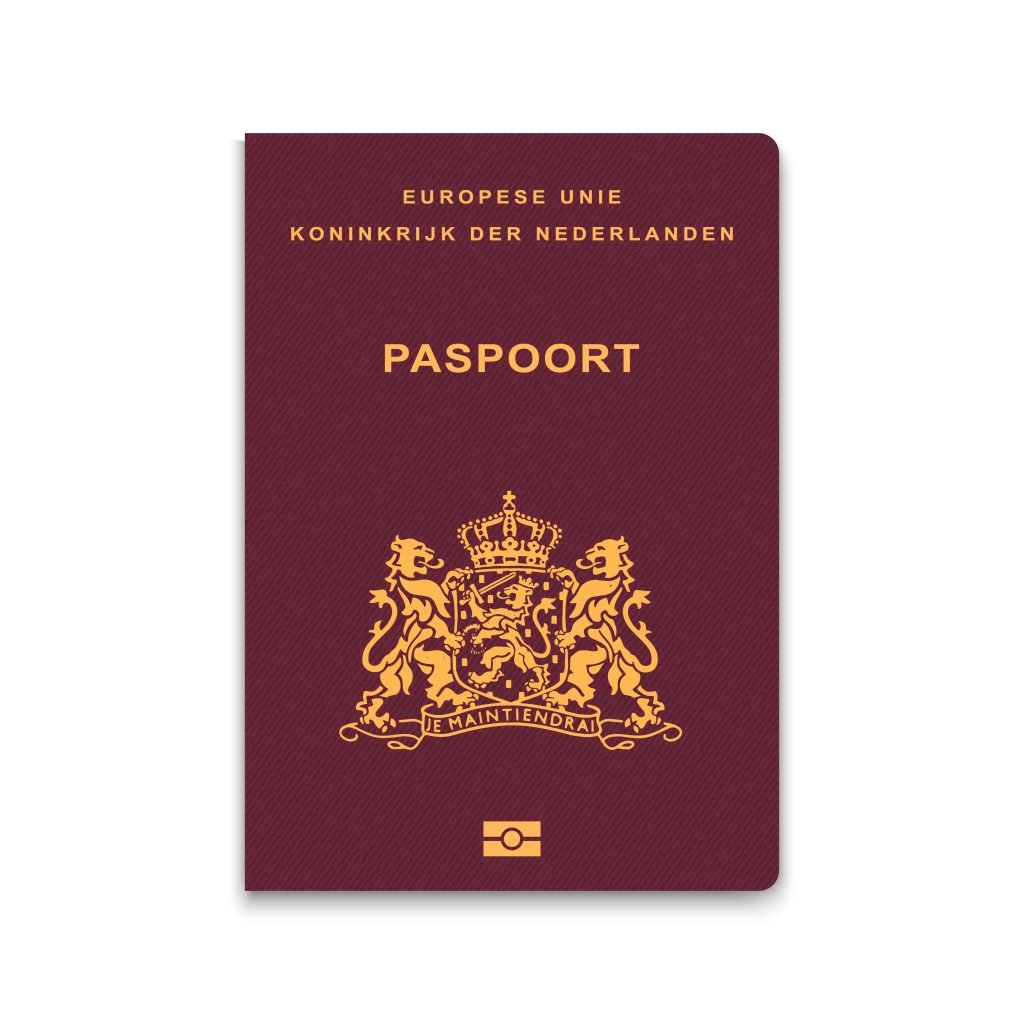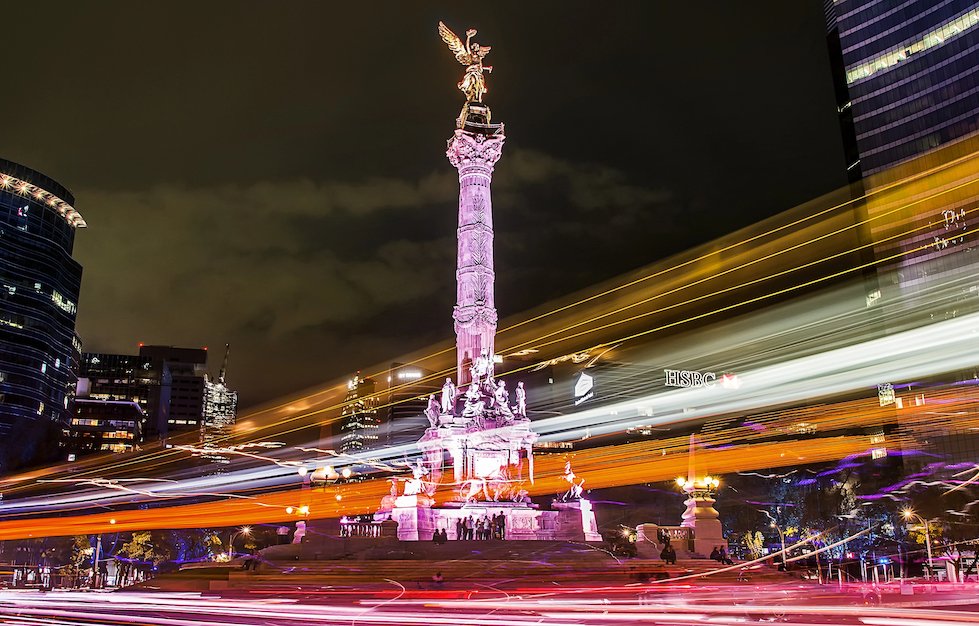March 25, 2010
Tokyo, Japan
About 20-years ago, many of the world’s sovereign nations started down an interesting path. Region by region, governments formed supranational free trade blocs in order to facilitate economic growth.
Supranational organizations were nothing new… from the failed League of Nations after the Great War to the UN and NATO, large multi-country blocs had been formed in the past, but usually for political purposes or military alliances.
Conceived in 1989, the Asia-Pacific Economic Cooperation (APEC) was among the first international forums specifically designed to boost trade and enhance economic growth in the region, politics be damned. After APEC came MERCOSUR in South America, NAFTA in North America, the EU, and finally the African Union.
A few years into the new millenium, most of the world was covered in trade blocs that were supposed to throw politics out the window… today, though, only APEC remains as a pure financial body, and the rest of the world could learn some valuable lessons from that region.
Aside from reduced trade restrictions that are standard for these organizations, APEC has come up with a few really brilliant ideas. Their goal is to make it easy for businesses to engage in commerce with each other– and by facilitating business at the individual level, more deals get done, and more wealth is created.
One of the ways that they’ve done this is by creating a program called the APEC Business Traveler Card (ABTC). It’s literally a small plastic card that entitles cardholders to visa free travel for at least 59 days throughout the APEC sphere, as well as expedited immigration clearance at airports and other ports of entry.
At major airports in the region, for example, you’ll see signs all over the place for “ABTC FAST TRACK” which gives priority clearance at customs, immigration, check-in, and security to ABTC card holders.
Actually, in many cases, the ABTC is as powerful and useful as a diplomatic passport, but without the cost… and since APEC includes several countries like China and Vietnam that normally have a stringent visa process, the additional travel freedom is substantial.
This is a great tool for PTs and anyone who does a lot of business in Asia.
So how do you obtain one? You need to be a passport holder from one of the participating countries– so if you’re from Australia or New Zealand, for example, I highly recommend going through the application process; check your respective country’s immigration website.
If you’re not already from the APEC sphere, you need to obtain another passport… which you should be thinking about already. Of the participating APEC countries, the most straightforward ones to obtain are Chile, New Zealand, and Singapore, as well as Hong Kong permanent residence.
With each of these countries, the residence and naturalization process takes anywhere from 2-7 years, and in each case, the process is unmistakenly clear and leaves very little to subjective interpretation.
For example, obtaining a Hong Kong permanent residence card (which qualifies for the ABTC program) requires 7-years under one of the various residency schemes, such as the investor visa or professional worker visa.
In Singapore, citizenship can be obtained in as little as 2-years; it’s 5-years in New Zealand, and 5-years in Chile.
Frankly,I will need to write entire letters specifically on the subject of second passports from these countries; for now, though, you should definitely be thinking in that direction– and if you’re interesting in eventually planting a residency flag in Asia, those are the countries you should consider for second passports.
Stay tuned.







